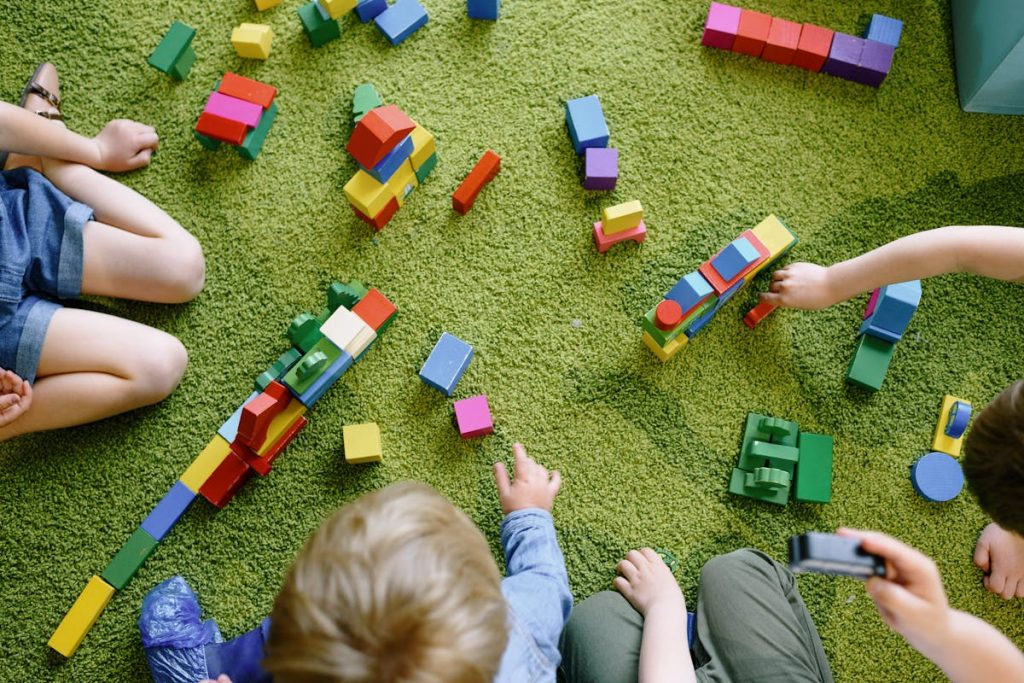- Emotional intelligence, social skills, cognitive development, and physical well-being are the pillars of early childhood education.
- Creative environments that cater to children’s needs and interests foster an environment for exploration and learning.
- Toddler daycare centers serve as models for integration and prioritize consistency, routines, and communication in their practices.
- Technology offers new opportunities for engagement and teaches valuable skills like coding and logical thinking.
In the grand tapestry of human life, no more formative period exists than the tender years of early childhood. The strides taken, relationships formed, and experiences encountered in these foundational moments are the threads weaving the fabric of our individuality and possibility. For parents, carers, and educators, understanding and leveraging this immense opportunity is not just a duty—it’s an adventure. It’s about embracing the innovative and progressive approaches that can unlock the full potential of our youngest minds.
The Pillars of Early Childhood Education
To appreciate the scope of innovation in early childhood development, we first must acknowledge the pillars upon which it stands. Emotional intelligence, social understanding, cognitive prowess, and physical well-being are not just components of a checklist; they are the interlocking fundamentals determining a child’s readiness for life’s challenges and triumphs.
Emotional and Social Development: Building Blocks of Character
Culturing empathy, self-awareness, and relationship-building skills begins at the earliest stages of human development. These pillars are as crucial to a child’s future success as any academic curriculum, if not more so. Encouraging emotional expression, managing feelings, and understanding the perspectives of others are skills that will serve a child in all their future endeavors.
Cognitive Advancement: Laying the Groundwork for Learning
The early years are a time of astonishing cognitive growth. From language acquisition to higher-order thinking skills, children absorb information astoundingly as their brains wire and rewire pathways. Nurturing an environment that challenges but does not overwhelm young learners is critical to setting them on a path of lifelong learning and curiosity.
Nurturing Toddler Daycare: A Model for Success
In the bustling landscape of early learning, toddler daycare centers are the frontlines of innovative practice. When done right, these facilities are models of integration, accommodating the complex needs of toddlers and fostering an environment ripe for growth.
The Power of Consistency and Routine
Predictability and routine are often underappreciated in their importance to the developing mind. Engaging yet consistent schedules provide children with the stability needed to feel secure and confidently explore the world. Through visual schedules, regular mealtimes, and predictable transitions, innovative daycare practices showcase the power of routine as a tranquil and cocooning force.
Nurturing Communication from the Get-Go
Communication is the lifeline between a child and their understanding of the world. Innovations in toddler daycare hone in on language development, utilizing baby sign language, story reading, and conversations that validate even the most unformed words, encouraging the growth of one of the most potent tools a child will ever possess: their ability to express and understand.

Exploring Creative Environments
The sterility and rigidity often associated with traditional educational settings are antithetical to the bustling creativity and curiosity that define early childhood. Innovative educators and parents are turning to creative, dynamic environments that reflect the vitality and wonder of the young mind. These environments are not just settings; they are the third teacher, alongside adult guidance and peer interactions.
Child-Centric Design
Child-centric design goes beyond safety and comfort; it inspires and facilitates exploration. Color schemes, materials, and layout contribute to environments that beckon children to interact, experiment, and learn through all their senses. In these spaces, every corner holds the potential for discovery, from sensory walls to nature-filled nooks.
Green Learning
Sustainability is a lesson best taught by example. Green learning environments not only prepare children to care for the Earth but also provide hands-on experiences that incorporate the natural world into the daily life of the classroom. Gardens, recycled materials, and upcycling projects become a part of the curriculum, weaving conservation into the very fabric of the learning experience.
Integrating Technology in Early Learning
The age of digital transformation is at hand, and no sphere is untouched by its influence, including early childhood education. While technology must be wielded with care, it offers unprecedented opportunities to engage and teach young children in novel and powerful ways.
Interactive Learning Applications: Tools, Not Substitutes
Tablet applications and online resources can reinforce concepts and provide engaging content that is often impossible to replicate physically. Stimulation that adapts to a child’s pace and preferences can be empowering, offering individualized experiences that promote self-directed learning. Yet it is essential to remember that these are tools, not replacements for human interaction and hands-on activities.
Robotics and Coding for Kids: Playful Introduction to STEM
Integrating robotics and coding concepts in early childhood serves more than just a trend; it introduces the building blocks of logical thinking and problem-solving. Through age-appropriate robots and coding kits, children can learn to give instructions, predict outcomes, and engage with technology in a way that demystifies and encourages the exploration of these essential skills.
Final Thoughts
The adventure of early childhood development lies in the milestones of growth and the pathways we pave for the future. It is a chapter of life rich with opportunities for innovation, creativity, and boundless potential. By embracing new approaches that honor the complexity and uniqueness of each child, we affirm our commitment to fostering a generation of thinkers, creators, and leaders equipped to meet the challenges of tomorrow. It is our shared adventure and the future beckons.

